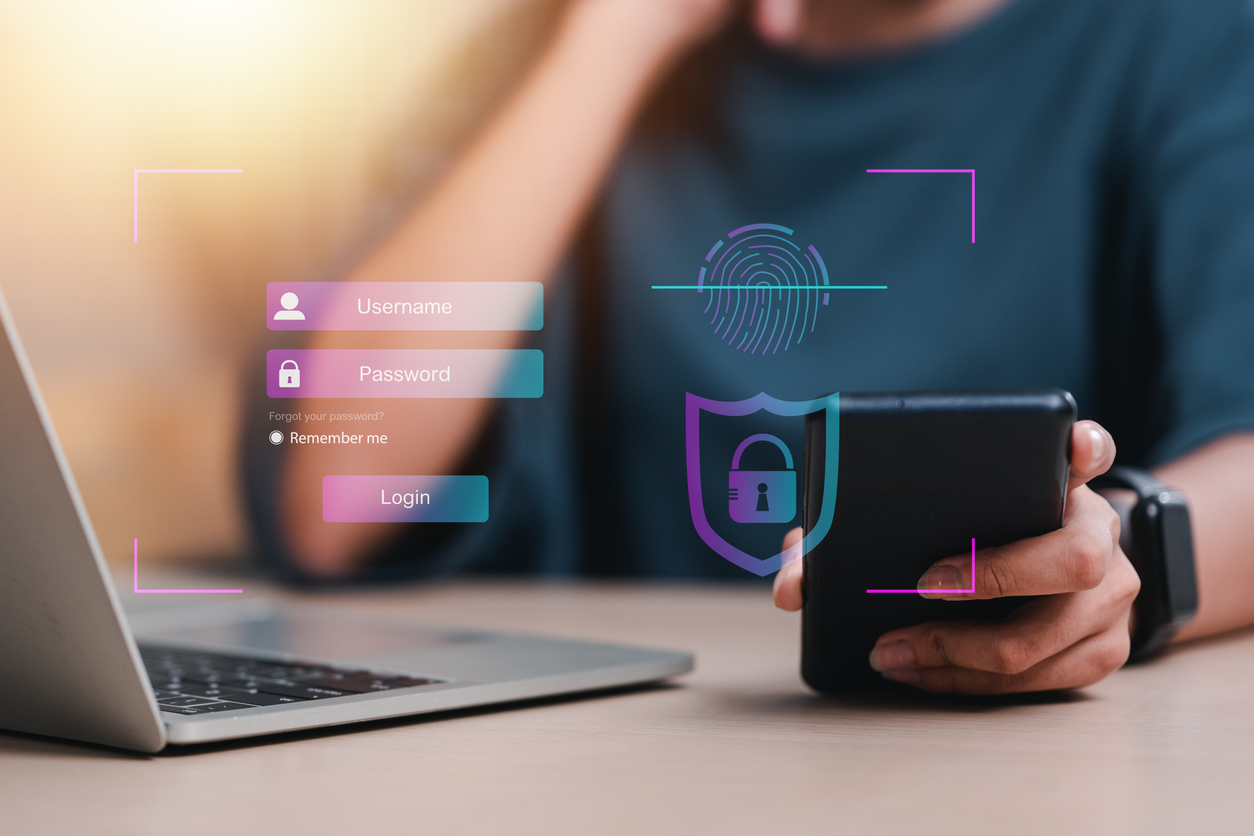Phishing prevention is a crucial element of any organisation’s cyber security strategy, as phishing attacks remain a persistent and ever-evolving threat. According to Verizon’s 2022 report, 36% of all data breaches involved phishing. Cybercriminals continuously develop new tactics to deceive individuals into disclosing sensitive information. Safeguarding against phishing is essential to protect data, preserve customer trust, comply with regulatory standards, and reduce potential financial losses.
Why Phishing Prevention is Critical
Phishing attacks work by exploiting human nature. Fraudulent emails, messages, or websites are designed to look legitimate, luring users into sharing things like passwords or financial information. If attackers gain access, they can compromise systems, steal data, and leave a trail of damage.
Types of Phishing Attacks
Understanding the various types of phishing attacks can help organisations tailor their defences. Common forms of phishing include:
- Spear Phishing: Highly targeted phishing attacks aimed at specific individuals or organisations, often based on personal information gathered about the target.
- Whaling: A form of spear phishing targeting high-profile individuals, such as executives or senior management, using sophisticated tactics to steal sensitive information.
- Vishing: Phishing via voice calls, where attackers pose as trusted sources to extract sensitive information over the phone.
- Smishing: Phishing conducted through SMS messages, in which attackers send fake texts pretending to be legitimate sources, encouraging users to click malicious links.
- Clone Phishing: Attackers create a nearly identical copy of a legitimate email, changing a link or attachment to malicious content, and then resend it to unsuspecting recipients who may assume it’s safe.
Download The Ultimate Guide to Phishing for comprehensive insights into identifying and preventing various types of phishing attacks.
Practical Steps to Prevent Phishing Attacks
Preventing phishing requires a multi-layered approach, combining employee education with technology-driven solutions to create a resilient defence. Here are some practical steps every organisation should consider to mitigate phishing risks effectively.
- Employee Training and Awareness: Educating your team to spot phishing attempts is one of the most effective ways to prevent attacks. Cyber security training should focus on teaching staff how to recognise suspicious links, emails, and attachments, and encourage them to report any suspected phishing attempts. Combining regular training with simulated phishing exercises helps reinforce this knowledge, keeping employees alert.
- Strengthen Email Security: Using email security tools can make a real difference in blocking phishing messages. Filters can prevent many suspicious emails from reaching your team by identifying keywords, links, or attachments commonly associated with phishing. Adding authentication protocols like SPF, DKIM, and DMARC also helps verify senders’ legitimacy, adding another layer of defence.
- Enable Multi-Factor Authentication (MFA): Even if attackers manage to capture login details, MFA acts as an extra security step by requiring an additional verification method, like a code sent to a phone. It’s a straightforward way to limit the damage of compromised passwords.
- Encourage Strong Password Practices: Strong, unique passwords are vital for security, but they can be difficult to manage without support. Using a password manager makes it easy for employees to maintain complex, unique passwords for each account without relying on insecure or repeated ones.
- Monitor Network Activity for Unusual Behaviour: Continuous monitoring helps identify potential breaches early by flagging unusual network activity. Signs like unauthorised access, unexpected login locations, or irregular data transfers can all indicate phishing-related breaches. The earlier you detect an issue, the quicker you can respond.
- Keep Software and Systems Updated: Keeping software up-to-date may seem basic, but it’s a crucial part of staying secure. Cybercriminals often exploit known weaknesses in outdated software, so patching and updating systems regularly can close off these easy points of entry.
- Implement Firewalls and Web Filters: While a firewall alone isn’t a complete phishing solution, it can be part of a layered defence. Web filters and firewalls help by blocking access to known malicious sites that often host phishing schemes.
Securing Your Organisation Against Phishing
Phishing prevention isn’t something you can set up once and forget. It takes continuous attention, training, and the right technology. But by following these strategies, organisations can make it much harder for phishing attacks to succeed and build a safer environment for everyone involved.
For additional tips and tools to enhance phishing prevention, MetaCompliance provides comprehensive solutions, including state-of-the-art phishing simulation software, specifically designed to fortify your organisation’s defences and build resilience against cyber threats.




